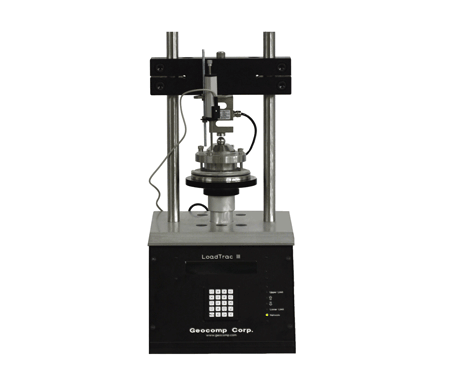
Introduction:
Geotechnical sensors have emerged as invaluable tools in environmental monitoring, offering insights into soil behavior, groundwater levels, and structural integrity. This article explores the profound impact of geotechnical sensors on environmental management and protection efforts.
Understanding Geotechnical Sensors:
Geotechnical sensors encompass a diverse range of instruments designed to measure various parameters within the Earth’s subsurface. These sensors utilize advanced technologies such as piezometers, inclinometers, and seismometers to collect data on soil properties, water levels, and ground movements and geotechnical sensors
Monitoring Soil Behavior:
One of the primary applications of geotechnical sensors is monitoring soil behavior and stability. Instruments like strain gauges and settlement plates provide real-time data on soil deformation, enabling engineers to assess the risk of slope instability, foundation settlement, and landslides.
Assessing Groundwater Levels:
Groundwater plays a crucial role in maintaining ecological balance and supporting human activities. Geotechnical sensors such as pressure transducers and groundwater level loggers monitor changes in groundwater levels, helping to manage water resources effectively and prevent overexploitation.
Detecting Subsurface Contamination:
Geotechnical sensors equipped with specialized probes and electrodes can detect contaminants in soil and groundwater. By continuously monitoring parameters such as pH, conductivity, and contaminant concentrations, these sensors enable early detection of pollution events and facilitate remediation efforts.
Monitoring Structural Health:
In addition to environmental applications, geotechnical sensors are instrumental in monitoring the health of civil infrastructure. Instruments like tiltmeters and crack gauges detect subtle movements and deformations in structures, alerting engineers to potential structural weaknesses and ensuring public safety.
Enhancing Disaster Preparedness:
Geotechnical sensors contribute to disaster preparedness and early warning systems by monitoring geophysical phenomena such as seismic activity and ground subsidence. By providing timely data on earthquake precursors and land movement, these sensors help mitigate the impact of natural disasters and save lives.
Mitigating Environmental Risks:
By providing accurate and continuous data on soil, water, and structural conditions, geotechnical sensors empower decision-makers to implement proactive measures to mitigate environmental risks. From landslide early warning systems to groundwater contamination monitoring networks, these sensors play a crucial role in safeguarding ecosystems and human health.
Challenges and Opportunities:
Despite their numerous benefits, the deployment and maintenance of geotechnical sensor networks pose challenges such as data interpretation, sensor calibration, and infrastructure integration. However, ongoing advancements in sensor technology, data analytics, and wireless communication offer promising opportunities for overcoming these challenges and expanding the capabilities of environmental monitoring systems.
Case Studies:
Real-world examples highlight the practical applications of geotechnical sensors in environmental management. From monitoring groundwater levels in agricultural regions to assessing soil erosion in urban areas, these case studies demonstrate the diverse range of environmental challenges that geotechnical sensors can address and Ground penetrating radar (GPR) is a non-destructive geophysical method that uses high-frequency electromagnetic waves to image subsurface structures and detect buried objects. It is widely used in geotechnical investigations, archaeological surveys, and utility mapping to identify underground features with precision and accuracy.
Conclusion:
In conclusion, geotechnical sensors play a pivotal role in environmental monitoring and protection efforts. By providing crucial data on soil, water, and structural conditions, these sensors empower stakeholders to make informed decisions and implement effective strategies for sustainable environmental management.







